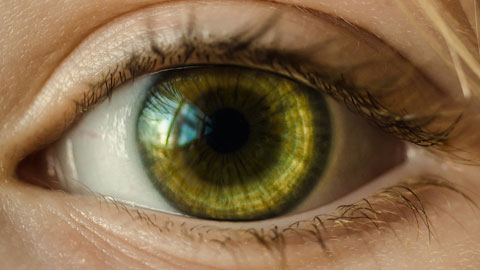What can we learn from arousal patterns?

Recent research on bisexuality has examined how men and women are sexually stimulated, generally referred to as arousal pattern research. Viewed collectively, this research provides insights as to how arousal patterns may function.
Researchers led by A. M. Rosenthal recently conducted a study examining sexual arousal patterns among bisexual men with strong sexual interest in both sexes (Rosenthal, Sylva, Safron, & Bailey, 2012).
Dr. Katrina N. Bouchard is a researcher and clinical psychologist who has conducted arousal research on women. In her research, she worked with colleagues to study women who identify with one or more facets of bisexuality. The participants listened to narratives describing sexual and nonsexual interactions with female and male partners while their genital response and self-reported sexual arousal were assessed (Bouchard, Timmers, & Chivers, 2015).
Although these are separate and very different studies, each demonstrates that people identifying as bisexual exhibit arousal patterns for members of the same sex and the opposite sex. Both studies also demonstrate that sexual arousal for bisexual people, like other sexual orientations, is exhibited differently in different individuals.
Some question the extent to which arousal research represents the spectrum of sexual attraction. An arousal response can vary if the material used--pornography or other suggestive material--is not attractive to the participant, regardless of their orientation.
For all humans, arousal is conditional. Robyn Ochs, educator and bisexuality activist, sums up the challenges with arousal research based on visual stimuli:
"Sexual orientation is partly about our response to visual stimuli . . . but it’s about other sensory inputs too. And it’s about our emotional response. Sexuality is so complex.” (Denizet-Lewis, 2014, para.79).
References:
Bouchard, K.N., Timmers, A.D., & Chivers, M.L. (2015). Gender-specificity of genital response and self-reported sexual arousal in women endorsing facets of bisexuality [Abstract]. Journal of Bisexuality, 15(2), 180-203. https://www.tandfonline.com/doi/abs/10.1080/15299716.2015.1022924
Denizet-Lewis, B. (2014, March 23). The scientific quest to prove bisexuality exists. New York Times Magazine. https://www.nytimes.com/2014/03/23/magazine/the-scientific-quest-to-prove-bisexuality-exists.html
Rosenthal, A.M., Sylva, D., Safron, A., & Bailey, J. M. (2012). The male bisexuality debate revisited: Some bisexual men have bisexual arousal patterns. Archives of Sexual Behavior, 41(1), 135-147. https://link.springer.com/article/10.1007/s10508-011-9881-7
Dee
Who is Dee?
Gender Identity
 Our core sense of who we are as a man, a woman, a mixture of both, or neither.
Our core sense of who we are as a man, a woman, a mixture of both, or neither.
Gender Expression
 How we show up in the world through choices like clothing, hair style, mannerisms or tone of voice.
How we show up in the world through choices like clothing, hair style, mannerisms or tone of voice.
Attraction
 How we feel toward others sexually, romantically and/or emotionally.
How we feel toward others sexually, romantically and/or emotionally.
Biological Sex
 Physical attributes such as reproductive organs and genitalia, chromosomes, genes and hormone levels.
Physical attributes such as reproductive organs and genitalia, chromosomes, genes and hormone levels.
Explore More
Check out this research study for a more in-depth understanding of the arousal pattern research.
Click below to read a summary of Katrina N. Bouchard's research.
